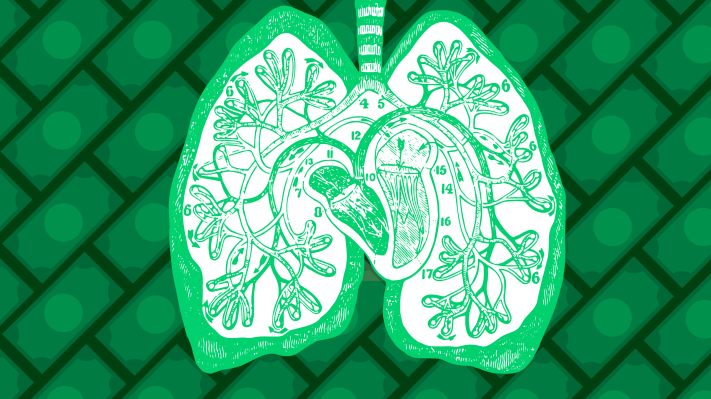At Common Cents Lab, a financial research lab at Duke University supported by MetLife Foundation, we believe behavioral science can help improve financial well-being. For the past two years, we’ve been applying our insights and an experimental mindset to work with fintech companies, credit unions and nonprofits in order to test this assumption.
Twenty-six experiments in, we thought it was time to assess our progress and share what we’ve learned with the industry. Below are four strategies we have used in the field and examples of our work to tactically show how they manifest in market. Our hope is that these four strategies can help other companies leverage human nature to make it easier for low- to moderate-income households improve financial decision-making and their own well-being.
Remove the environmental barriers surrounding financial decision-making
Typical poverty alleviation strategies aim to boost a person’s decision-making bandwidth so that they are always in a better position to surmount financial hurdles as they arise. However, even when operating at top available bandwidth, managing variable income and expenses is tough, and the pressure falls upon the person to do complex mathematical balancing acts. Instead, successful providers will make this equation dramatically simpler.
By shifting this decision-making burden from the consumer to the company, it becomes a win-win for everyone involved. The company gets to enhance their value proposition by offering helpful products and features, and the consumer’s life becomes dramatically easier when financial decisions are taken off their shoulders.
Our work from the field:
- Self-Help Credit Union’s new retirement savings product automatically deducts money from new members’ paychecks. It’s what’s called a “transparent default,” or a default that opts people in automatically but immediately gives them the option to close it.
- Homebase, a scheduling app for small businesses, is introducing features that help employers provide more advanced schedule notice and create more consistent, reliable schedules. This shifts the burden off the employee and onto the employer, providing greater visibility to the employee and helping them maximize attendance and earnings.
- The Latino Community Credit Union built a savings product attached to a loan product. This means their members only submit payment once but are simultaneously paying down debt and building a safety net. By coupling these actions, they can decrease complexity and increase financial well being.
In all three cases, these companies are removing the environmental inhibitors and making it easy for people to improve their financial prospects.
Make the right financial decisions dramatically easier
Everyone fights a daily uphill battle against the forces of consumerism. Cries of “Buy this! Buy that!” are remarkably similar to pleas to “Eat this! Eat that!” Yet, why do we have so many tools at our disposal to manage eating, but remarkably few to combat spending impulses? Mantras like no carbs, no dairy or no gluten from Weight Watchers or the Atkins Diet abound. But outside of pop figures like Dave Ramsey or Suzie Orman sharing anecdotal wisdom, our financial toolkit is remarkably empty. Given the dire state of America’s savings, we should instead be aggressively developing and testing new tools to help people spend less and save more.
Our work from the field:
- Fintech app Clarity Money is working on putting “rules of thumb” into their spending recommendations that give people simple heuristics to direct future spending.
- Food stamps tracker Propel showed that breaking food stamp budgets into weekly chunks can help simplify the complex budgeting equation and save people money.
- DoubleNet Pay and EarnUp are both showing that by changing up the timing of payments and saving, they can make financial management dramatically easier for their customers.
- Digit is making savings automatic by asking people before they receive their tax refund how much they’d like to save, then automatically saving it for them. Last year alone, they helped double the amount of savings for participating customers.
Help consumers take advantages of the resources they already have
Many times, people already have options available to them that could increase their financial well-being, but they don’t take full advantage. Sometimes it’s not about creating new products and services — the secret is helping people use the services right in front of them.
Our work from the field:
- CoinFlip is an app that makes discount redemption easy, helping people make use of the savings that’s long been available but often unused.
- Many cities help parents save for college, but few people make regular deposits. The city of St. Louis nudges parents through clever reminders to deposit into their child’s account.
Increase motivation for people to make the right financial decisions
Surveys show that most people have good ideas for improving their financial health. But the difficulty of decisions like saving or paying down debt, coupled with a lack of motivation, prevents them from taking action. There is a massive opportunity to improve financial health by playing to people’s motivations and helping them make a “good for you” choice today versus waiting for tomorrow.
Our work from the field:
- Arizona Credit Union is using the power of social proof to increase motivation. By showing customers that similar people are spending less on eating out than they might expect, it hopes to swap motivation for saving money with the motivation to be like their peers.
- Payment company Payable is changing how wages are displayed for hourly workers. By focusing hourly workers on their projected annual wage, it is creating a long-term mindset and improving their motivation to engage in long-term positive behaviors, like saving for retirement.
- Community Empowerment Fund uses the power of goals to make savings more appealing by giving people punch cards that track their savings progress. This accountability is helping customers increase their savings rates over time.
